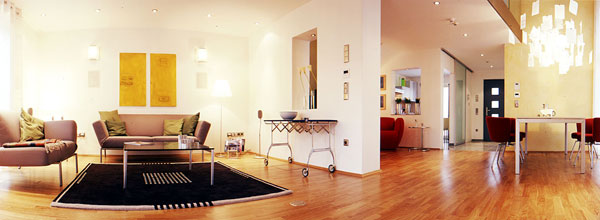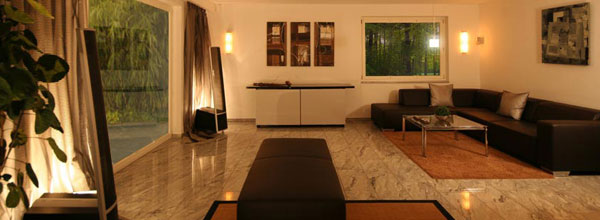Bluetooth technology was originally developed by Ericsson in 1994.
In February 1998 an interest group called the Bluetooth Special Interest Group (Bluetooth SIG), comprising more than 2,000 companies including Agere, Ericsson, IBM, Intel, Microsoft, Motorola, Nokia and Toshiba, has been formed to produce the Bluetooth 1.0 specifications which were published in July 1999.
Bluetooth is a technology network staff without son, over the air making it more flexible and allows its use including a communication from one room to another, in small spaces.
Each unit must have a microchip containing the Bluetooth protocol.
The objective is to enable Bluetooth to transmit data or voice equipment between radio circuit with a low cost, on a radius of about a dozen meters to just under a hundred meters and with low power consumption.
Bluetooth allows for data rates of around 1 Mbps, corresponding to 1600 exchanges per second full duplex, with a range of ten meters with a transmitter of class II and just under d 'a hundred meters with a transmitter to Class I.

Bluetooth devices can interact with one or more other Bluetooth devices in several different ways.
Bluetooth networks:
Up to 8 active Bluetooth devices can form or become part of temporary small networks Piconets.
Bluetooth allows wireless data connections within the Piconet to be dynamically added and removed between nearby devices.
Piconets can be setup to interact with other Piconets to form larger networks called Scatternets.
In a scatternet, the two (or more) piconets are not synchronized in either time or frequency.
Scatternets allow the master in one Piconet to operate as a slave in another Piconet.
Smart home everywhere !


Z-Wave and Smart Home
- Wireless
- Intercompatibility manufacturers
- Remote Control
- Easy Setup
- Transmission Security
- European frequency 868.42 MHz

Secure your home with CCTV to help keep you, your family and your home safe

All for a smart home
- Power Management
- Security and surveillance
- Presence simulation
- File sharing in Home network
- Multiroom audio system